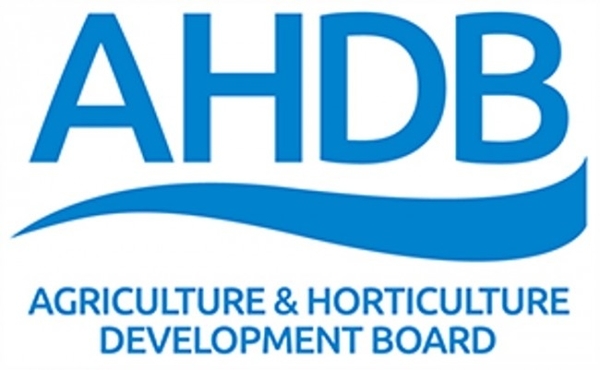A collaborative project involving AHDB and led by the University of Liverpool with the Centre for Ecology and Hydrology has been looking at improving the control of liver fluke infection in beef and dairy cattle.
Liver fluke is a parasite of sheep and cattle which can cause serious disease and even death. Infection is very common and even low levels, particularly in cattle, can lead to serious losses in production. It can extend time to slaughter and reduce milk yield by up to 15 per cent. The wet weather during late summer is likely to increase the risk of liver fluke infection for cattle on many farms this year.
Controlling liver fluke is difficult, particularly because of emerging resistance to some of the flukicidal products used to treat cattle and sheep. Looking to the future, reliance on deworming treatments alone is likely to be unsustainable so management of exposure to infection, along with treatment informed by diagnosis, is crucial for disease control.
The snails
Mud snails (Galba truncatula) are semi-aquatic and are of greatest concern because they are best at transmitting the disease. Some species of aquatic snails found on vegetation in water courses, ponds and lakes can also carry fluke but are much less likely to harbour and transmit the disease than mud snails. On average, less than 10 per cent of the snail population harbours fluke.
Mud snails overwinter in relatively low numbers and come the spring begin to multiply, with the population reaching a peak towards the end of summer. The snails are very small and hard to see so it’s easier to find the places they are likely to live than find the snails themselves. The snails feed on algae which grows on exposed soil but is indistinct and hard to identify. The area of bare ground does not need to be large, a hoof print is sufficient. Livestock put onto wet ground will create snail habitat by poaching. However, preliminary evidence from the liver fluke project suggests that if ground is frequently disturbed and reworked by livestock, snails will not be found there, probably because algae doesn’t have a chance to grow.
Separating snails from livestock will help break the cycle of transmission. If you identify ground that can harbour mud snails the current advice is to keep livestock away if you can, particularly at the end of the summer when the majority of cysts leave the snails and contaminate pasture. Water courses can be fenced which can also have benefits for wildlife. Another useful indicator of soil moisture and so a likely snail habitat is the plants which grow on it. Plant species typically associated with ‘flukey’ ground include rushes and water cress. Look for damp-tolerant species growing in stands or through pasture. There are many species, but typical plants include meadowsweet (Filipendula ulmaria), floating or small sweet-grass (Glyceria spp.), marsh foxtail (Alopecurus geniculatus) and valerian species (Valeriana spp.). Plants which can do well in damp conditions but are not diagnostic on their own include nettles and creeping buttercup.
The work was funded by a large multi-centre grant from the Biotechnology and Biological Sciences Research Council in partnership with AHDB, Hybu Cyg Cymru, Quality Meat Scotland and Agrisearch Northern Ireland to improve the control of liver fluke infection in beef and dairy cattle.


